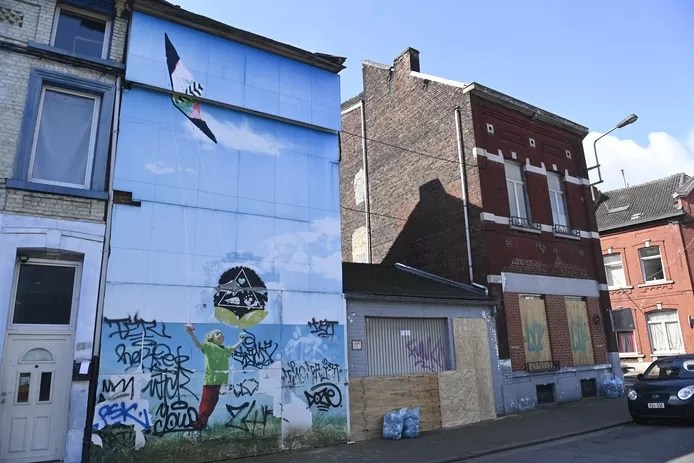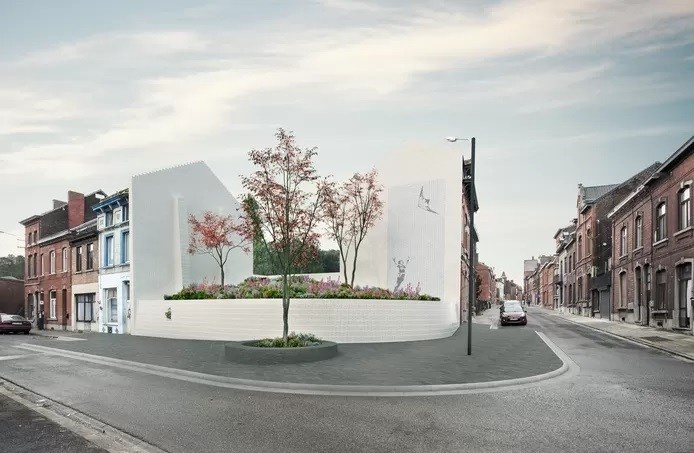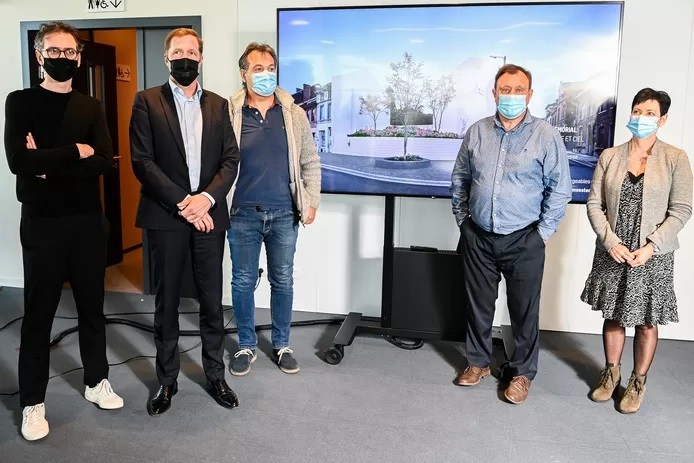The house owned by serial killer Marc Dutroux in Marcinelle in Charleroi will be demolished to make way for a garden memorialising his victims, city authorities said today.
The house was for a time the prison of Julie, Mélissa, An, Eefje, Sabine and Laetitia. All but the latter two were killed. Sabine and Laetitia were rescued from the house in 1996, and daylight fell on the crimes of Dutroux and his associates.
Dutroux himself was convicted of five counts of murder (including that of a confederate) and is currently serving a life sentence. He recently said he was abandoning all attempts to come free.
His associate Michèle Martin – his ex-wife who left Julie and Mélissa, both eight years old, to die unattended in an underground cellar while Dutroux was in prison – is free now, as is Michel Lelièvre, a drug addict who simply did Dutroux’s bidding.
The announcement of the plans for the death house was made today by Charleroi mayor Paul Magnette (PS), in the presence of Mélissa’s father Gina Russo, and the parents of Julie, Jean-Denis Lejeune and Louise Albert, her mother.
Related News
Both girls disappeared in the summer of 1995, but despite the efforts of their parents and supporters, it took another year before police – then divided between the competing forces of gendarmerie and judicial police – could finally break the case. By which time two other girls had died, and two were in Dutroux’s prison.
The scandal led to live televised debates of a special parliamentary commission, and ultimately to the disbanding of the gendarmerie and the creation of a single federal police force.
The Marcinelle house is a symbol of horror, but it is also a stark symbol for the victims’ families. The decision to demolish did not come easy, said Gino Russo.
“That was a difficult decision,” he admitted. “In the end, we discussed it between the parents and it was, without doubt, our preference to replace the house with the memorial.”
The house itself is a narrow terrace house, hardly fitted to contain a memorial.
“We have taken the decision to broaden the site and acquire the adjacent houses. We had to expropriate in order to free up a sufficiently large and open space to erect a real memorial,” said mayor Magnette.

The house now. Adjoining properties have been acquired by the city
The site will stand on a corner, bordered by two white walls and incorporating the existing fresco of a child with a kite. The garden will stand some two metres proud of the ground level, “between earth and heaven,” according to architect Georgios Maïllis.
“This is a very beautiful project. White is purity,” said Louise Albert, Julie's mother. “The image between earth and sky really appeals to me. This is a project different from what we usually see.”

The planned memorial garden.
Alan Hope
The Brussels Times

